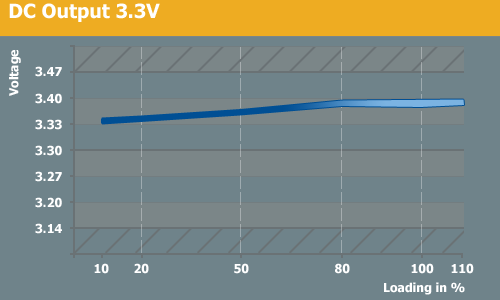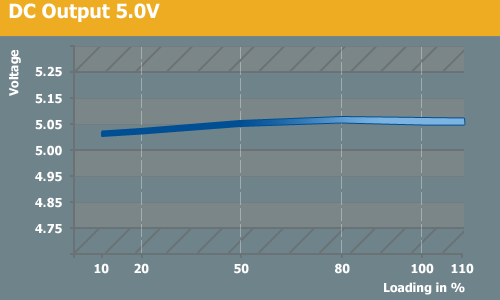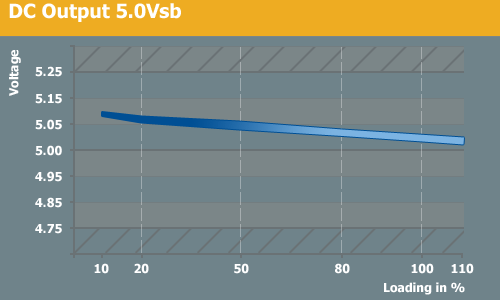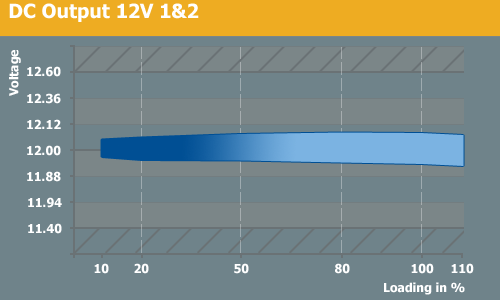DC Voltage Stability and Quality




The DC voltage stability is amazing with the HX1000W. It doesn't matter which rail we are talking about; they all stay nicely within specs and at the ideal output of each rail. The two 12V rails do have different outputs, as the 12V1 lingers at 12.08V and 12V2 is at 11.94V almost regardless of load. Strangely, the smaller of 3.3V and 5V rails actually increase a bit during the imposed higher loading, which is the first time we've experienced that. From 800W, the 3.3V rail is at a constant 3.40V. The output quality is also very good from this unit. The 12V rails have less than 4mV variance during most of the tests and only go up to 16mV during stress loading. The 5Vsb rail at 25mV is a little higher than the others are, but it's still well within specs.










17 Comments
View All Comments
Powervano - Wednesday, April 30, 2008 - link
Oh, my bad :-D Sorry Cristoph. But your new reviews are way better and I even think best of all :)Powervano - Tuesday, April 29, 2008 - link
Thank you! :)piroroadkill - Tuesday, April 29, 2008 - link
Sweet jesus, I did certainly not expect those graphs for the 3.3 and 5v lines, with even slight increases, and as for the 12v, well, it stays bang on target.Corsair, even though they've entered the market late, have seen issues with other PSUs and created the best PSUs in every segment - it seems they can do no wrong.
Corsair, I salute you.
ineedaname - Wednesday, April 30, 2008 - link
Don't forget that corsair PSU's are actually rebranded Seasonic PSU'sDrMrLordX - Thursday, May 1, 2008 - link
Isn't the HX1000 a CWT unit?Christoph Katzer - Thursday, May 1, 2008 - link
Yes it is. Corsair buys from several companies...Calin - Tuesday, April 29, 2008 - link
Assuming a 500W draw on the wall socket, a change from 85% to 86% efficiency, the power lost inside the power supply unit (as heat) changes from 75W to 70W. While this isn't an important figure by itself, this can make is run cooler or be a bit less noisy.If you take into account the power delivered to the internal components (not the one drawn from the wall socket), this improvement in efficiency is (a little bit) better than that: for a 500W internal load, you would use 588.2W from the wall with the 85% power source, and 581.4W for the 86% unit. While the total difference is small (7W or so), it is still there.